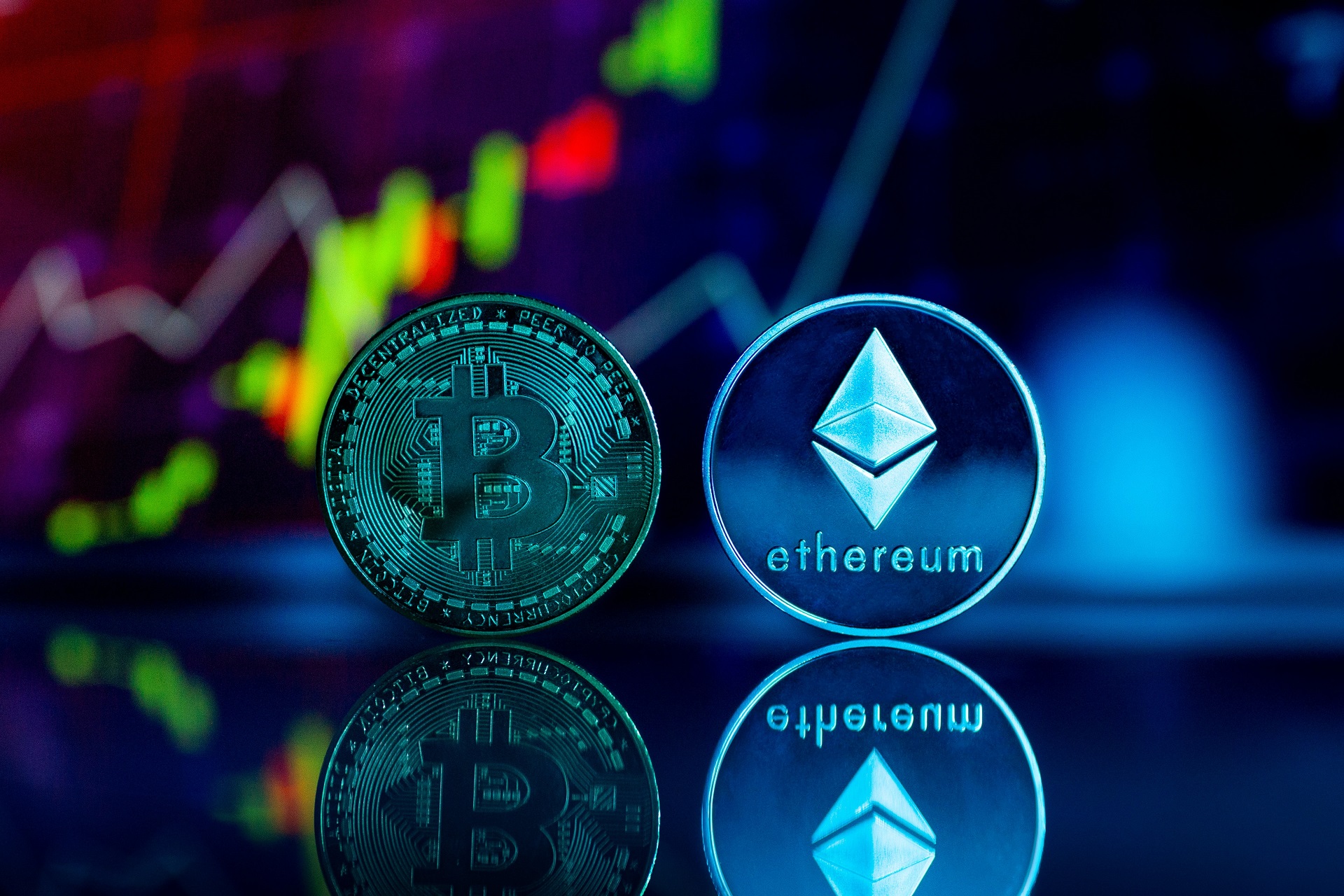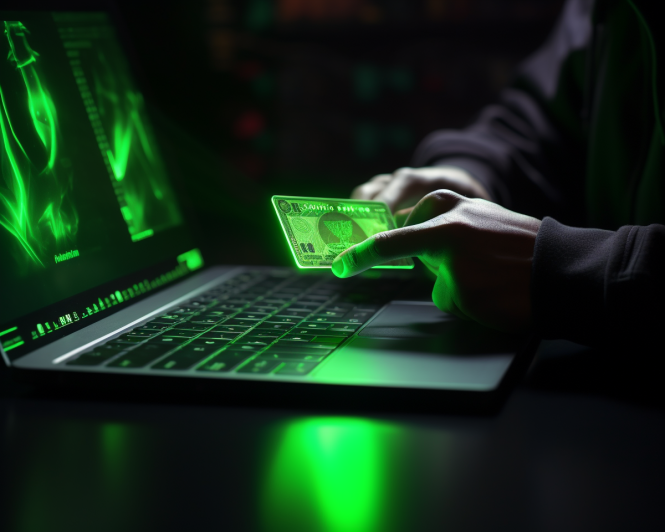Have you ever wondered, “Is blockchain safe?”
Blockchain is described as incredibly secure, as the nature of the network makes it incredibly difficult for shadow parties to tamper with certain data and activities. In this way, it is hailed by many as being a tamperproof system. Unfortunately, the true reality is that blockchain is not so infallible.
Essentially, there are two elements that can contribute to the insecurity of Blockchain technology — and by proxy Bitcoin. The first is the concept of a wallet. The second has to do with the blockchain itself. Neither of these things is truly secure, and here’s why.
Is a Blockchain Wallet Secure?
A Blockchain wallet or crypto wallet, as it’s also called, is a digital account used to store cryptocurrencies such as Bitcoin. Software wallets are the go-to, and when they are created so is a unique key. This key can be used to access the wallet at any time. Many recommend storing the key somewhere safe, offline, but even then it’s vulnerable in many ways.
If the key falls into the wrong hands, it could then be used to gain access to the connected wallet and drain all the funds by sending them to a separate account. That’s why many recommend using a hardware wallet, which is a small authentication device that keeps the information stored and secure and has no access to the online world.
The problem with a hardware wallet, or storing keys separately, is that if you lose the keys you also lose access to the currency stored within. There is no other way to recover it or get it back, it’s just gone.
None of these methods are terribly secure, and one wrong move could mean the loss of thousands — if not millions — of dollars worth of cryptocurrency.
Is Blockchain Safe?
Okay, so the wallets where cryptocurrencies are stored aren’t the safest, but what about the Blockchain itself? Is that as secure as everyone says?
The answer is both yes and no. Transactions carried out along the chain remain anonymous and secure thanks to a network-wide validation process.
The problem, however, is that there are ways of “tricking” or tampering with the structure of Blockchain to return different yet problematic results.
One attack called an “eclipse attack,” for instance, simply involves an attacker replacing a communication node along the chain. By fooling the chain into believing it’s an authentic node — because it basically is, it’s just been tampered with — it is then fed false data, data which looks like it came from the rest of the network.
Using this method, hackers could fool the entire chain into wasting valuable resources, confirming fake transactions, or even transferring coin to an owned wallet.
Then there’s the matter of how the Blockchain always connects to the real world. In order to reap the value of cryptocurrencies, users must filter them through exchanges which essentially convert the digital currency into real funds. Some of the biggest hacks in crypto history involve infiltrating these exchanges to steal money.
What Does This Mean for the Future of Blockchain Technology?
Of course, none of this is meant to turn the world off to the idea of using Blockchain technology in new ways. There are so many practical uses, including within the supply chain, medical fields, and even for energy distribution.
The point is that, collectively, we should all understand the true nature of the technology and that it’s only as secure as its environment allows it to be. In an increasingly dangerous digital world, there are always opportunities to attack — attacks that could result in huge losses and have far-reaching consequences.
As we gear up to use the technology more than ever, and in many new ways, it’s important that we also understand it’s limitations, particularly when it comes to preserving the security of the chain and all transactions carried out along it.
Recent Stories
Follow Us On
Get the latest tech stories and news in seconds!
Sign up for our newsletter below to receive updates about technology trends














